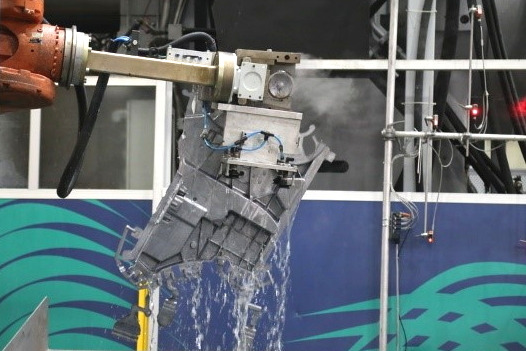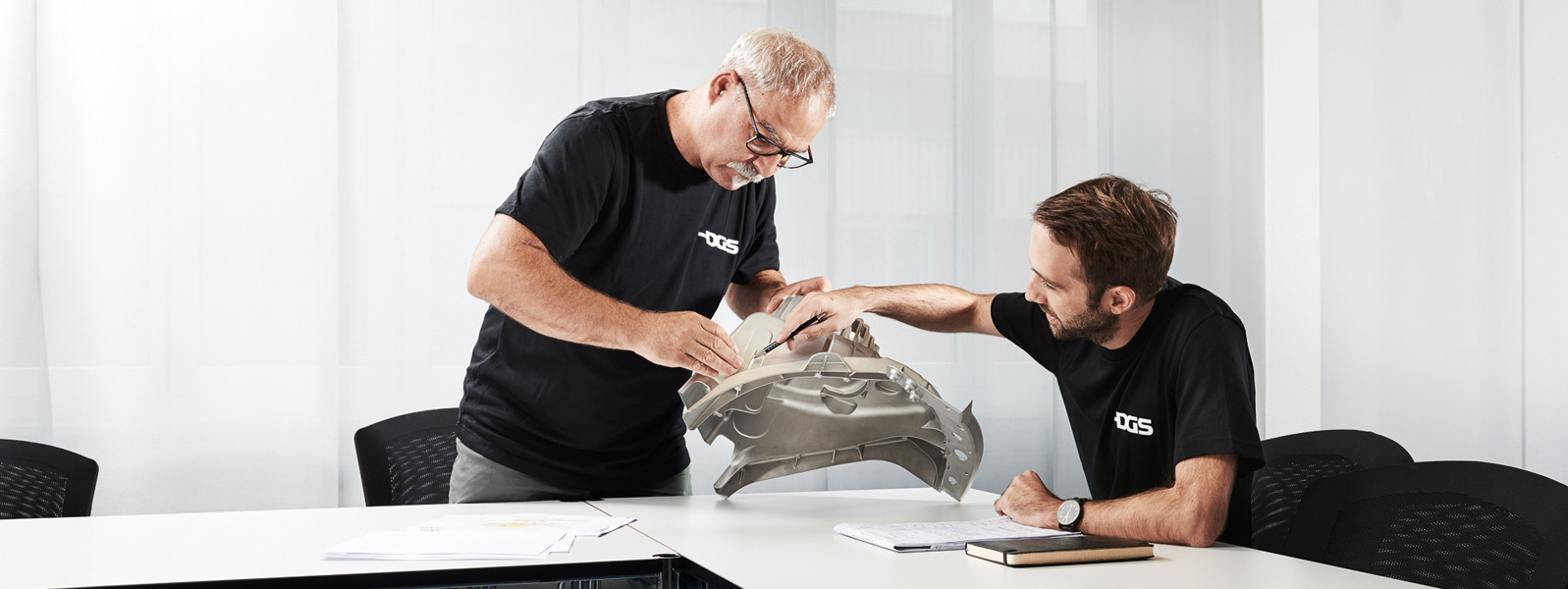Die Casting Process
Die casting is a high-precision primary forming process that presses light metal materials under high pressure in steel molds. The application of the die casting process is very versatile and can be found practically in all capital and consumer goods. With over 60% share the automotive industry is the main customer of die castings worldwide.
What is die casting?
In 1910 casting of lead, tin and zinc emerged. Injecta, Teufenthal (1920) and Bühler (1925), (today DGS Druckguss Systeme AG) introduced the process known as "injection molding" in the U.S. for the first time, which became later widely-known by the term "die casting". Since then, this process has been further refined and enhanced for even larger, heavier and more complex parts.

Process
- In die casting, mainly non-ferrous alloys are cast at high-speed and under high-pressure in permanent molds made of steel where they quickly solidify.
- The metal melt is introduced into the mold by a piston at pressures of up to about 1200 bar. For this purpose, form-closing forces in the range of several tens of thousands of kN are required.
- Due to the high-pressure even the finest details are formed.
- The cost-intensive molds enable economical die casting only if the volume is sufficiently high.
The method is used when a large number of uniform parts with a fine surface finish are to be manufactured (serial production). The die casting machine makes this process extremely economical, since besides the high dimensional stability of the cast part time-saving and cost-effective mass production is possible. Depending on the material several ten thousand to one hundred thousands of castings can be produced with one die casting mold.
